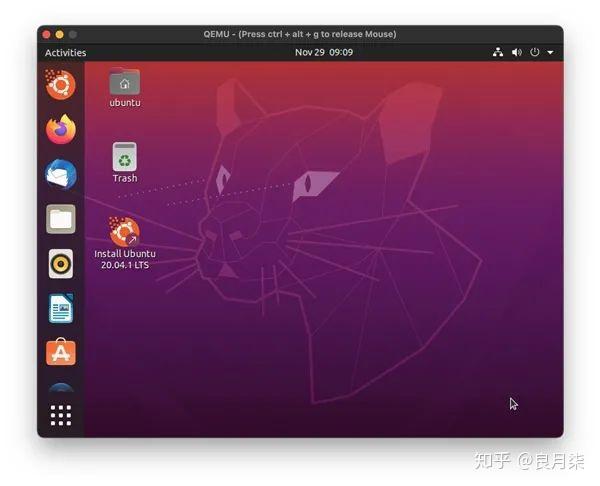
Unxz -k įinally create a shell script start.sh to run it: #!/bin/sh Install qemu with brew install qemu commandĬreate some directory to place the FreeBSD image and unpack it: mkdir -p ~/local/FreeBSD13 & cd ~/local/FreeBSD13 The easiest way to set up QEMU now is to use Homebrew. This note just updating the gist above for the latest QEMU and FreeBSD versions.Īlso, I removed the custom edk2 download as it seems that supplied one is just good enough now. The good news is that now QEMU 7 is released and it includes all proposed patches + some other related fixes.

I found great gist post on how to do this with patched QEMU 6. As VirtualBox is not supported on this host (and likely will never be) QEMU was the only possible choice. After upgrading to Mac M1 I decided to run FreeBSD virtually. And much more that is waiting for you in this new version.Intel Snow Ridge v4 issue has been fixed for this version of QEMU.Support for more RISC-V instructions, support for SiFive PWM, and other enhancements related to this ISA.The high-performance ARM-based Fujitsu A64FX processor will now support QEMU's TCG (Tiny Code Generator).On a macOS host with Apple Silicon it will allow HVF acceleration to run AArch64 (ARM 64-bit) guest machines.The aforementioned support for Intel SGX (Software Guard Extensions) in the virtual machine.In addition, some corrections will also arrive with respect to previous versions, and many others improvements: From there, new candidates have been released every week until it is ready and marked as QEMU 6.2.0 stable, which should be mid-December if there are no delays or issues in development. These are big words, and great news for users who use this software for emulation.Ī few days ago it was launched QEMU 6.2-rc0, that is, the first candidate for a final version (Release Candidate) and that can already be tested to verify all these updates and if it works correctly. It will also come with support enhancements for Apple Silicon (M1, M1 Pro, M1 Max), as well as the new and emerging ISA RISC-V. QEMU 6.2 is on the way with support for Intel's SGX in virtual machines, which is interesting for security. Now comes version 6.2, and it has very important advances. For its operation, it uses the dynamic translation of binaries, in addition to having virtualization capabilities to be able to run systems and software from other platforms (x86, ARM, SPARC, RISC-V, PPC,…). As you know, QEMU is a great open source project that acts as an emulator for different architectures.


 0 kommentar(er)
0 kommentar(er)
